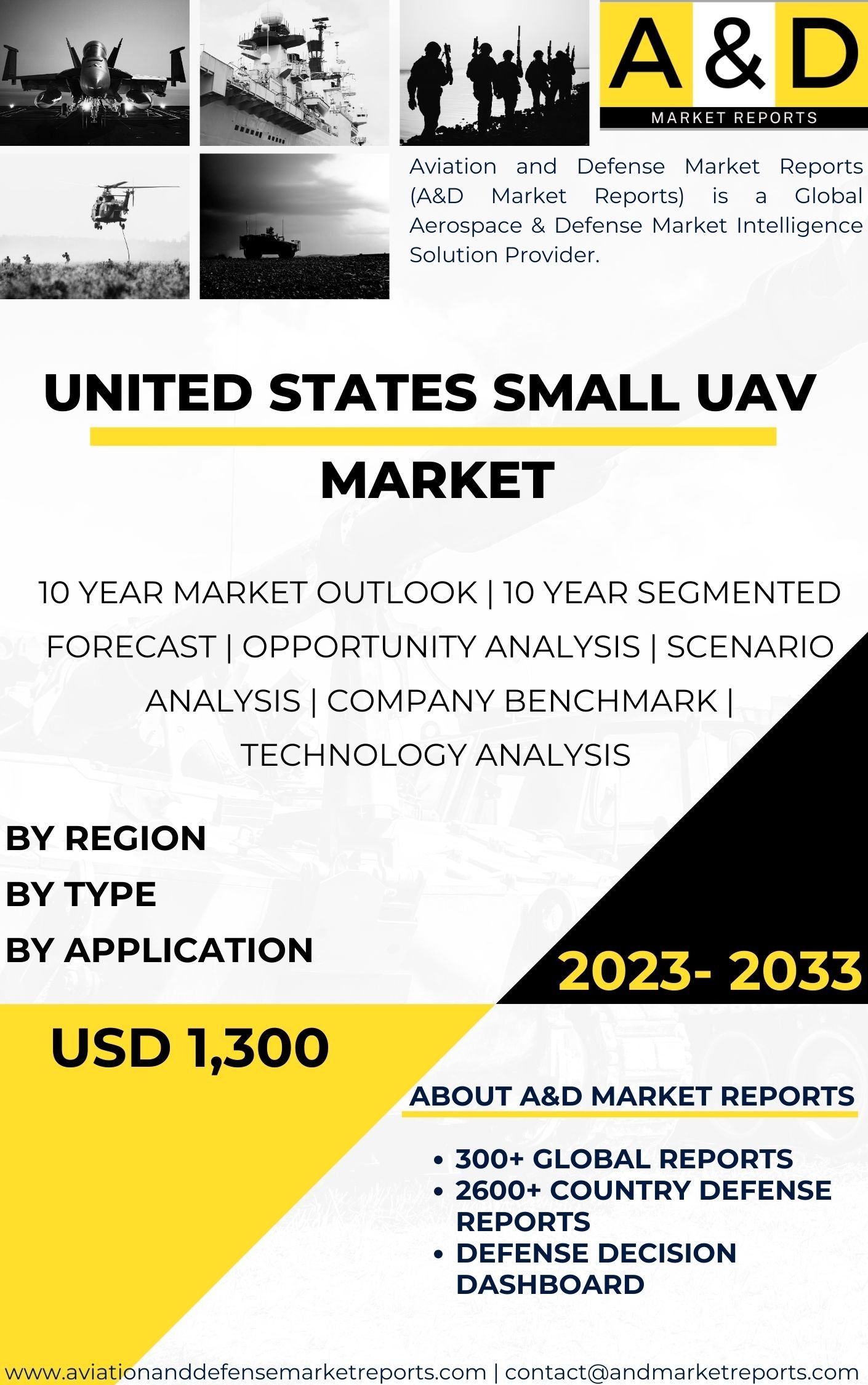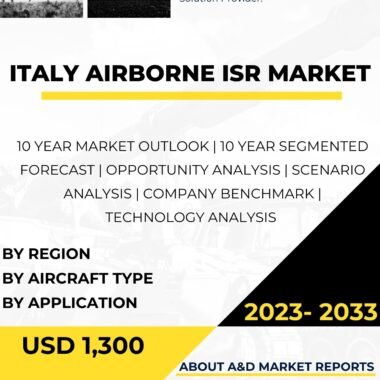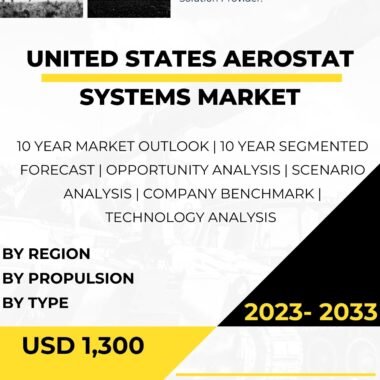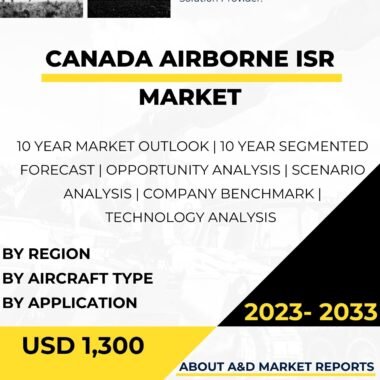Description
Small Unmanned Aerial Vehicles (UAVs), commonly known as drones, have become an integral part of the United States’ military, commercial, and recreational landscape. These small, remotely operated aircraft have revolutionized various industries, providing valuable capabilities in surveillance, reconnaissance, data collection, and even package delivery. As technology advances and regulations evolve, the use of small UAVs continues to expand across diverse sectors, contributing to economic growth, national security, and technological innovation.
In the military context, small UAVs have proven to be valuable assets for intelligence, surveillance, and reconnaissance (ISR) missions. The U.S. military employs a variety of small UAVs, including fixed-wing and rotary-wing models, to support ground forces and enhance situational awareness on the battlefield. Small UAVs equipped with cameras and sensors can provide real-time video feeds and imagery, allowing commanders to make informed decisions and monitor enemy activities.
The success of small UAVs in military applications has led to the widespread adoption of this technology in various civilian sectors. In agriculture, for instance, small UAVs are used to monitor crops, assess crop health, and optimize irrigation practices. The aerial data collected by these drones aids farmers in making precise decisions, reducing costs, and increasing crop yields.
In the energy sector, small UAVs are utilized to inspect power lines, pipelines, and other critical infrastructure. Drones equipped with specialized sensors can identify potential issues, such as damaged components or leaks, improving the efficiency and safety of inspection operations.
Additionally, small UAVs have found applications in environmental monitoring and conservation efforts. Researchers use drones to survey wildlife populations, monitor habitats, and assess the impact of environmental changes. The ability to collect data from aerial perspectives enables scientists to make informed conservation decisions and better understand the complexities of ecosystems.
Small UAVs are also used for disaster response and emergency management. During natural disasters, such as hurricanes, floods, or wildfires, drones can quickly survey affected areas, assess damage, and identify potential hazards. This data aids first responders and emergency personnel in coordinating rescue efforts and allocating resources effectively.
In the commercial sector, small UAVs have gained prominence in the logistics and delivery industry. Companies like Amazon and UPS are exploring the use of drones for last-mile delivery, allowing for faster and more efficient delivery of packages to customers’ doorsteps. This concept, known as “drone delivery,” has the potential to revolutionize e-commerce and redefine the way goods are transported.
With the increasing popularity of small UAVs, there come challenges and concerns related to safety, privacy, and regulations. The Federal Aviation Administration (FAA) is responsible for regulating the use of drones in the United States. The agency sets guidelines for drone operations, including registration requirements, altitude limits, and no-fly zones around airports and sensitive areas.
One key concern is the risk of unauthorized drone flights near airports, which can pose safety risks to manned aircraft. The FAA collaborates with industry stakeholders and the drone community to develop solutions that ensure safe integration of drones into the national airspace.
Privacy is another significant concern related to small UAVs. As drones equipped with cameras become more prevalent, there are concerns about potential misuse and violation of individuals’ privacy rights. Lawmakers are working to strike a balance between the legitimate use of drones for various purposes and the protection of personal privacy.
To address safety and privacy concerns, the FAA has implemented strict regulations on drone operations, and drone manufacturers are incorporating features such as geofencing and collision avoidance systems to enhance safety and prevent unauthorized flights.
In the defense sector, the U.S. military is continuously investing in research and development to advance small UAV technology. This includes improving the endurance, range, and payload capabilities of these drones to enhance their performance on the battlefield.
Another area of focus is increasing the autonomy of small UAVs, enabling them to perform complex tasks without constant operator control. This advancement could further enhance their utility in intelligence gathering and surveillance missions, as well as in hazardous environments where human presence is limited.
As the technology evolves, the United States faces competition from other countries in the development and deployment of small UAVs. Nations like China and Israel have also made significant strides in UAV technology and are active players in the global UAV market.
In conclusion, small Unmanned Aerial Vehicles have become an indispensable part of the United States’ military, commercial, and recreational landscapes. These drones provide valuable capabilities in surveillance, reconnaissance, data collection, and delivery services across various sectors. Their versatility and adaptability have led to their widespread adoption, contributing to national security, economic growth, and technological innovation.
However, as small UAV usage expands, concerns related to safety, privacy, and regulation must be addressed. Government agencies, industry stakeholders, and the public are actively engaged in efforts to strike a balance between the benefits of drone technology and safeguarding public safety, privacy rights, and national security.
As technology continues to advance, small UAVs will likely play an increasingly vital role in various industries, shaping the way people and businesses operate, gather information, and perform critical tasks. The United States will continue to invest in research and development to maintain its position as a leader in UAV technology and ensure the responsible and safe integration of small UAVs into the nation’s airspace and daily life.




